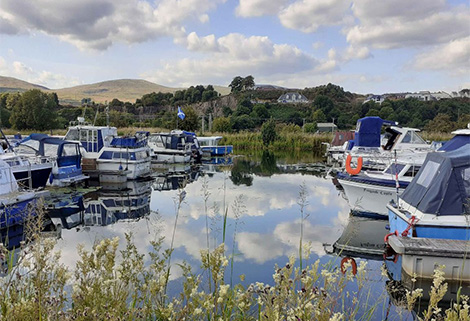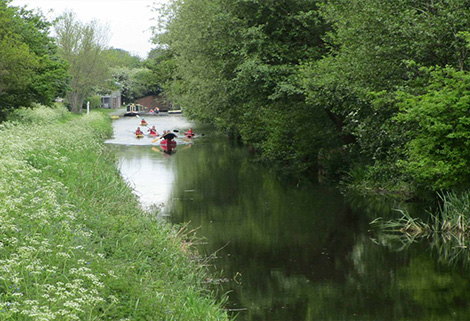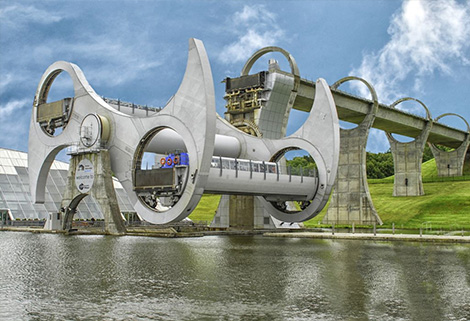iwa waterways for today
economic benefits
IWA has recently launched a new report – Waterways for Today - looking at the 12 Major Benefits of Britain’s Inland Waterways Network.
In this article – the first of four – we are looking at the three key FINANCIAL benefits of the waterways.
These economic benefits include waterways contributing to the economic recovery of the country, with waterways projects regenerating both rural and urban areas and improving the lives of the millions of people who live close to them or visit them regularly.

Waterways also bring increased spend to local communities. Boat-based tourism and leisure activities contribute £2.5bn to the economy each year, with people on day trips, boating holidays and those taking part in water-based activities spending even more in local pubs, cafés, restaurants and shops.
The third economic benefit of the waterways is the savings to the NHS and social care budgets. Waterways are well placed to improve the health, wellbeing and longevity of the many people living near them, through increased physical activity and social prescribing.
Sir David and Lady Sheila Suchet are quoted in the report saying that they have seen “first-hand how waterway regeneration can act as a catalyst for the wider transformation of the whole community”.

The economic benefits are extremely wide ranging, from macro-scale benefits such as helping national government to deliver post-Brexit and Covid-19 recovery programmes to smaller scale benefits within individual local authority areas.
Some statistics in the report include:
- The leisure marine industry supports 133,000 FTE (full time equivalent) jobs across the inland waterways
- Of the 124 local authorities designated as Category 1 for the 2022 Levelling Up Fund, 87 (70%) are on the inland waterways
- The Falkirk Wheel has become one of Scotland’s most visited tourist attractions, has created 60 jobs and sees an economic impact valued at over £3 million a year
- Every £1 spent on creating a navigable route under the M4 for the Wilts & Berks Canal will produce £1.79 in economic benefit to the local communities in Swindon and Royal Wootton Bassett
- Ten years after the reopening of the Rochdale Canal in 2002, a study found that between 3.5 and 4 million visitors were spending around £18m a year
- The Huddersfield Narrow Canal reopened in 2001 and has been receiving between 2 and 2.5 million visitors each year, spending over £10m annually
- For every £1 invested in the canal towpath network, there is a return of £7 in health benefits
Our waterways are free to visit and easily accessible for all. By their very nature, they are often located right in the heart of urban areas, offering a small haven of peace and tranquillity to the many millions of people who live close the them. They are a huge draw for tourism, not only attracting people from the UK to visit, but also international visitors.

In the report, IWA highlights the importance of investing in the inland waterways and the need for ongoing public funding. Not only do the existing navigable waterways need investment, but the derelict waterways that could be restored in the future need protecting from inappropriate development. If we could restore 500 miles of derelict waterways, it would provide a greatly enhanced national waterways network offering unlimited opportunities for leisure, living and business to millions more people.
To read the full IWA Waterways for Today report or to read the case studies related to the Economic benefits of the waterways, visit Waterways for Today - Inland Waterways.
Join us next time to look at the ENVIRONMENTAL benefits of the waterways.
